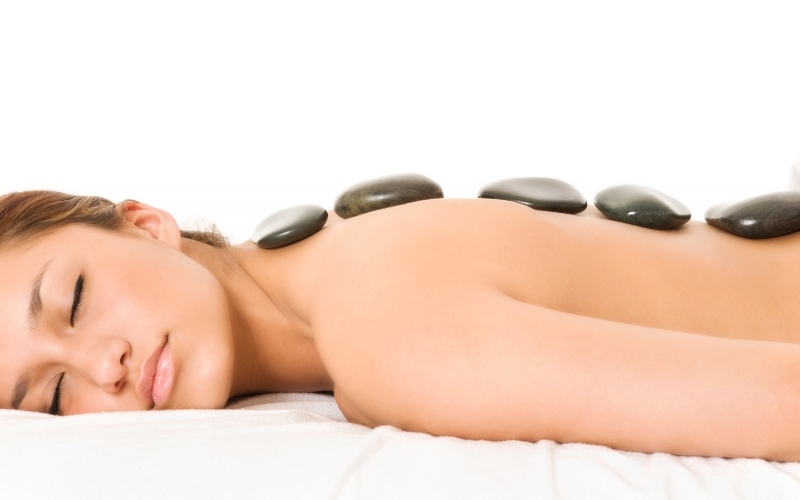Traditional Japanese massage is a unique form of bodywork that has been developed over centuries in Japan. It is based on the concepts of traditional Chinese therapy called Tuina, which means “pressingand grasping,”and its main goal is to promote relaxation and healing.
It is also called Anma, a form of massage that has been practiced in Japan for centuries. The word Anma means “press and rub”, the basic massage technique for kneading the deep tissue muscles, and this is exactly what the therapist will do during a traditional Japanese massage session.
The therapist will use their thumbs, palms, elbows, and sometimes even knees to apply pressure to the client’s muscles.
Use of Pressure Points
One of the most distinctive features of traditional Japanese massage is its use of pressure points. These pressure points are believed to be connected to specific organs and systems in the body, and stimulating them can help to improve the function of those organs and systems.
Traditional Japanese massage also uses a variety of strokes and techniques, including kneading, tapping, and friction.
Focus on Energy
Another distinctive feature of traditional Japanese massage is its focus on energy balance. It is believed that when the body’s energy is in balance, it is better able to heal itself. Traditional Japanese massage can help to restore this balance by stimulating the flow of energy through the body.
Heat Therapy
Traditional Japanese massage also employs the use of heat therapy. This type of therapy uses heat lamps or hot stones to help relax the muscles and improve circulation. Heat therapy is said to be particularly helpful for people who suffer from chronic pain or tension headaches.
Execution of the Massage
Another way that traditional Japanese massage differs from other types of massage is in the way that it is performed. Traditional Japanese massage is typically done in a seated position, with the person receiving the massage sitting on a low stool or chair. This allows the therapist to apply more pressure to specific areas without having to worry about accidentally causing pain to the person receiving the message.
Why is Traditional Japanese Massage Getting Popular?
There’s no denying that traditional Japanese massage is becoming increasingly popular in the Western world. But what is it about this centuries-old practice that has captured the attention of so many people?
Let’s take a closer look at some of the reasons why traditional Japanese massage is gaining popularity:
It’s incredibly relaxing.
One of the main reasons why traditional Japanese massage is gaining popularity is because it’s incredibly relaxing. This type of massage uses gentle, flowing strokes to ease tension and stress from the body. It’s the perfect way to unwind after a long day or week.
It has numerous health benefits.
Another reason why traditional Japanese massage is becoming more popular is because of the many health benefits it offers. This type of massage has been shown to improve circulation, boost immunity, and even help relieve pain.
It’s a unique experience.
Another reason why traditional Japanese massage is gaining popularity is because it’s a unique experience. This type of massage is not like anything else you’ve ever experienced. It’s a truly one-of-a-kind way to relax and rejuvenate.
If you’re looking for a relaxing, unique, and beneficial massage experience, then traditional Japanese massage is definitely for you. Give it a try today!
Takeaway
Traditional Japanese massage is generally considered to be safe for most people. However, it is important to talk to your doctor before you receive one if you have any medical conditions, such as high blood pressure, heart disease, or diabetes.
In addition, pregnant women and people who are taking blood thinners should not receive traditional Japanese massages.
If you are looking for a relaxing and healing experience, traditional Japanese massage may be right for you. It can help to improve your overall health and wellbeing, and it may even help to prevent future health problems.

